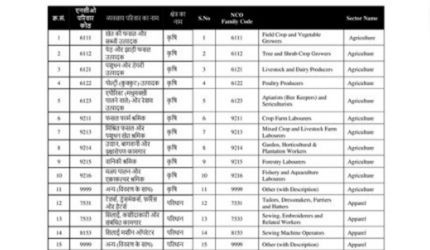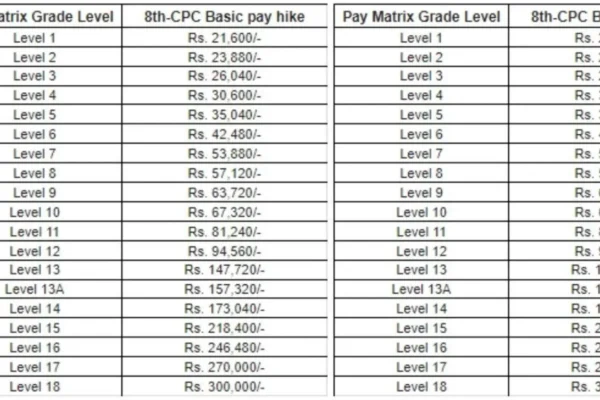अपना नाम लिस्ट में चेक करें करें जिनका नाम आया है उनका आएगा 1000 रूपया Shram Card List
Shram Card List : सरकार द्वारा श्रमिकों को 1000 रुपये का तोहफा देने का एलान…
Shram Card List : सरकार द्वारा श्रमिकों को 1000 रुपये का तोहफा देने का एलान हुआ है, जो श्रम कार्ड…
Shram Card List : ई-श्रम कार्ड योजना भारत सरकार की एक महत्वपूर्ण पहल है, जो श्रमिकों को एक डिजिटल पहचान पत्र…

Shram Card List : ई-श्रम कार्ड योजना भारत सरकार की एक महत्वपूर्ण पहल है जो देश के श्रमिकों को एक डिजिटल…

E Shram Card Bhatta: सभी ई-श्रम कार्ड धारकों को भत्ता मिलेगा। ई-श्रम कार्ड नहीं है तो तुरंत आवेदन करें। आवेदन करने…
वेतन भुगतान: सरकार ने कर्मचारियों की मुश्किलों का समाधान करने के लिए कदम उठाए हैं। दीपावली के अवसर पर, राज्यों…

वेतन भुगतान: सरकार ने कर्मचारियों की समस्याओं को सुलझाने के लिए कदम उठाए हैं। उन्होंने दीपावली पर, राज्यों को कर्मचारियों…

गर्मियों में छुट्टियां बढ़ाने से बच्चों को आराम मिलेगा। भारत के कई राज्यों में भारी गर्मी है। तापमान रोजाना बढ़…

गूगल एक ऑनलाइन सर्च इंजन है। गूगल एडसेंस के माध्यम से पैसे कमा सकते हैं। आवश्यक काम और क्षमता की…

7th Pay Commission Salary Pension Hike News 2024: केंद्र सरकार ने महंगाई भत्ते को 46% से 50% बढ़ाया है। अन्य भत्तों…
Shram Card List : ई-श्रम कार्ड योजना भारत सरकार की एक पहल है जो श्रमिकों को एक डिजिटल पहचान पत्र प्रदान…